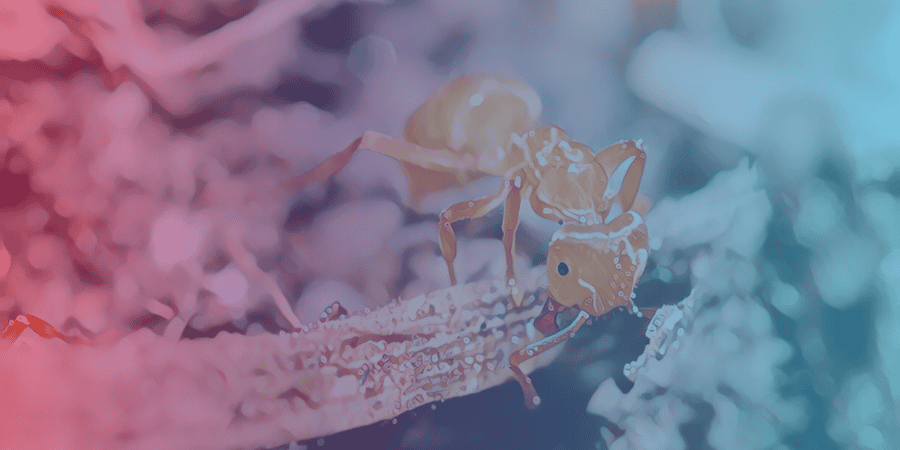Key Takeaways
- Yellow crazy ants have a unique reproductive system where male ants contain two different cell lineages, a phenomenon called chimerism, which is not observed in any other animal's biology.
- Chimerism determines the caste system of yellow crazy ants, and chimeric males exhibit an irregular distribution of R and W cells throughout their bodies.
- The atypical reproductive method in yellow crazy ants could offer certain benefits to the ant populations and contribute to their infamy as one of the most detrimental invasive species worldwide.
- The reproductive systems of most ant species have not been explored, raising questions about the prevalence of similar systems in other ant lineages.
- The reason behind the evolution of this unique reproductive mechanism in yellow crazy ants remains a mystery, but one hypothesis is that the sperm might boost its reproductive potential by not fusing with the egg cell.
Yellow crazy ants, an infamous invasive species predominantly found throughout Southeast Asia and Oceania, have a remarkable reproductive system.
Researchers have discovered that male ants in this species contain two different cell lineages, an occurrence referred to as chimerism.
This feature has never been observed as a vital component of any other animal’s biology.
The presence of chimerism in these ants was identified by examining genetic markers scattered across their genomes.
In general, male ants develop from unfertilized eggs containing a single genome copy. However, yellow crazy ants surprisingly display males with two genome copies.
Further investigation revealed that each male cell consists of only one version of the ant’s genome, with some cells possessing a lineage present in queens (R chromosome) and others carrying a distinct genome (W chromosome).
Chimerism and Its Impact on Ant Caste Structure
The study demonstrated that chimerism has a significant role in determining the caste system of yellow crazy ants.
All eggs produced by the queen contain one copy of the R genome. If an egg is fertilized by a sperm cell carrying an R genome, the result is the development of a queen.
On the other hand, if the egg is fertilized with a W sperm, two potential outcomes can occur.
If the cell nuclei fuse, the egg develops into a diploid worker ant. If the nuclei do not fuse, the egg matures into a chimeric male, with some cells containing the R genome and others the W genome.
The chimeric males exhibit an irregular distribution of R and W cells throughout their bodies.
While the majority of their body is composed of R cells, sperm cells are predominantly made up of the W lineage.
Yellow crazy ants, an infamous invasive species predominantly found throughout Southeast Asia and Oceania, have a remarkable reproductive system.

A Novel Reproductive Mechanism
The reason behind the evolution of this unique reproductive mechanism in yellow crazy ants remains a mystery.
One hypothesis is that by not fusing with the egg cell, the sperm might boost its reproductive potential.
This could be the result of an interaction between two conflicting genomes that occasionally cooperate.
These distinct lineages may have evolved separately in two different ant populations that eventually mixed, or they could have originated from similar genes that diverged over time.
This atypical reproductive method could offer certain benefits to the ant populations, contributing to the yellow crazy ant’s infamy as one of the most detrimental invasive species worldwide.
The ants successfully avoid inbreeding, as the fusion of R and W nuclei only leads to the development of sterile workers, preventing the genomes from mixing and being passed on to future generations.
Investigating Reproductive Systems in the World of Ants
Although chimeras have been identified in other creatures, including humans, it is typically an unintended event.
Yellow crazy ants are the first known species in which chimerism determines an individual’s sex.
Nevertheless, the reproductive systems of the majority of the estimated 20,000 ant species have not been explored, raising questions about the prevalence of similar systems in other ant lineages.








